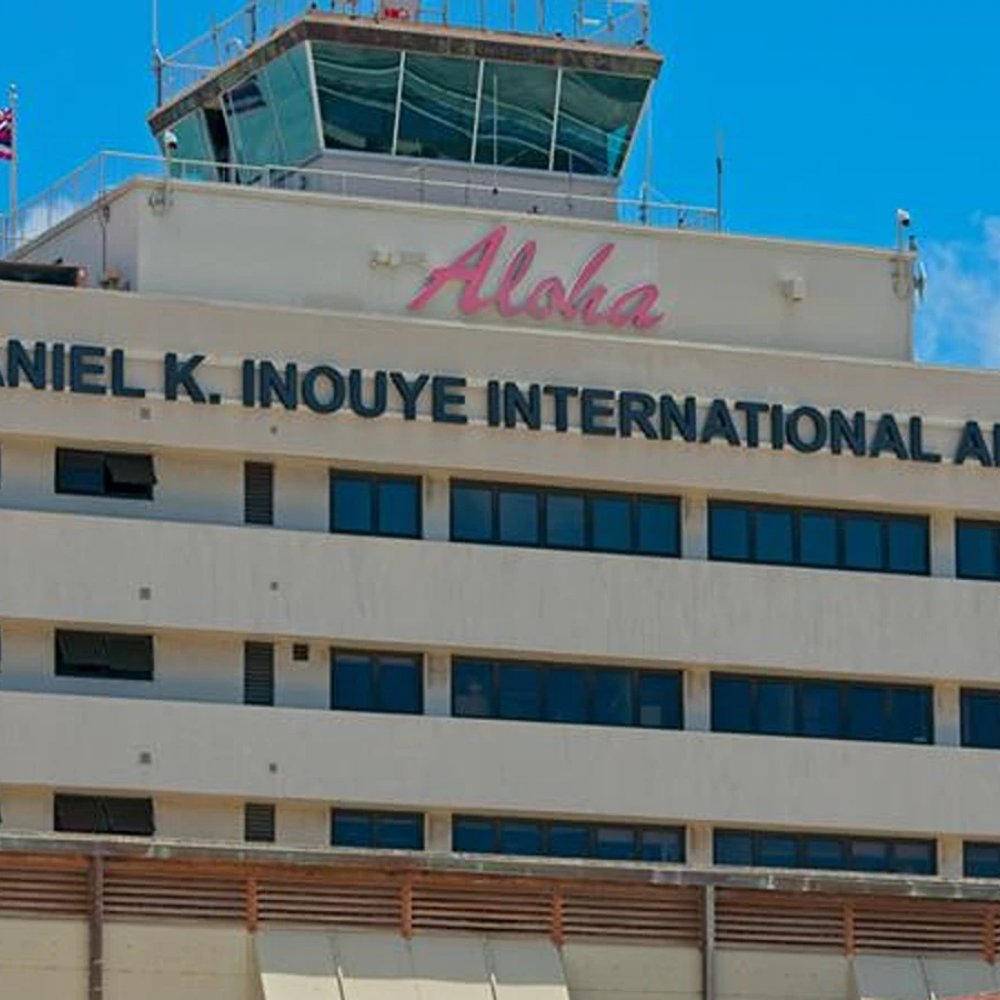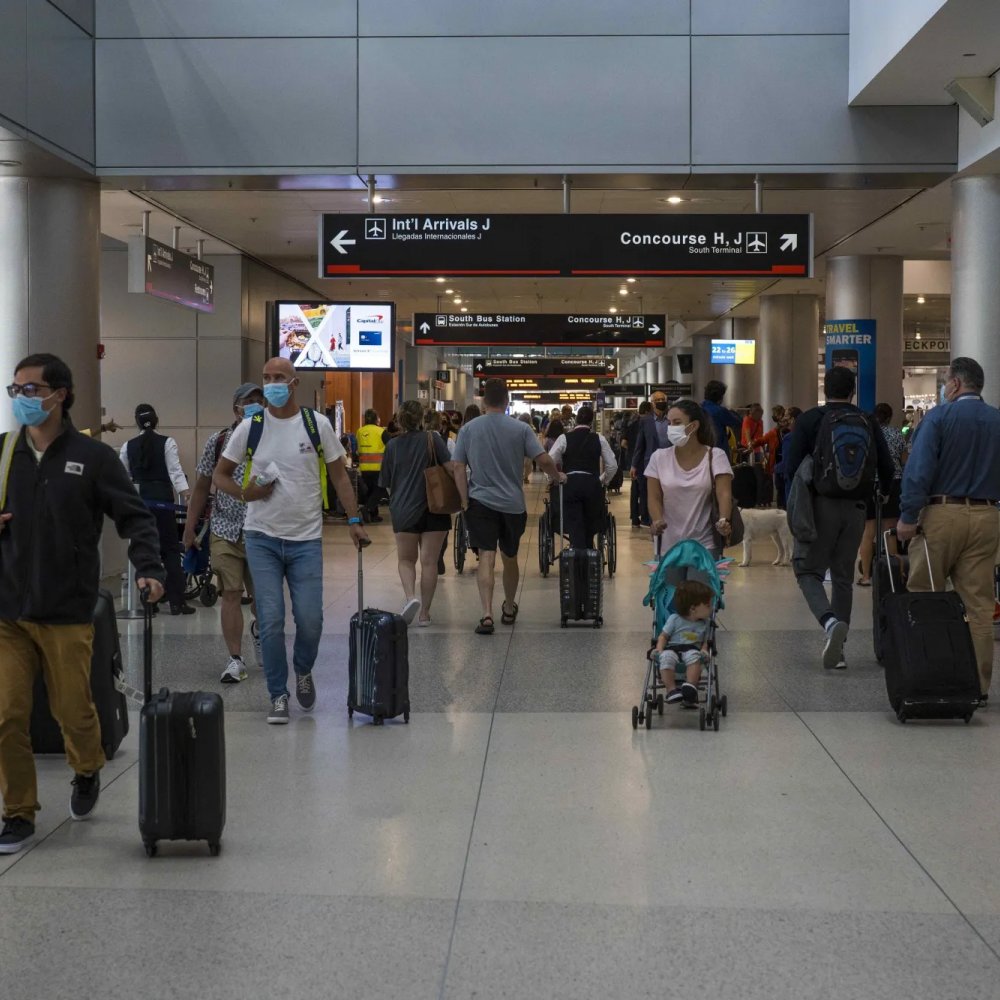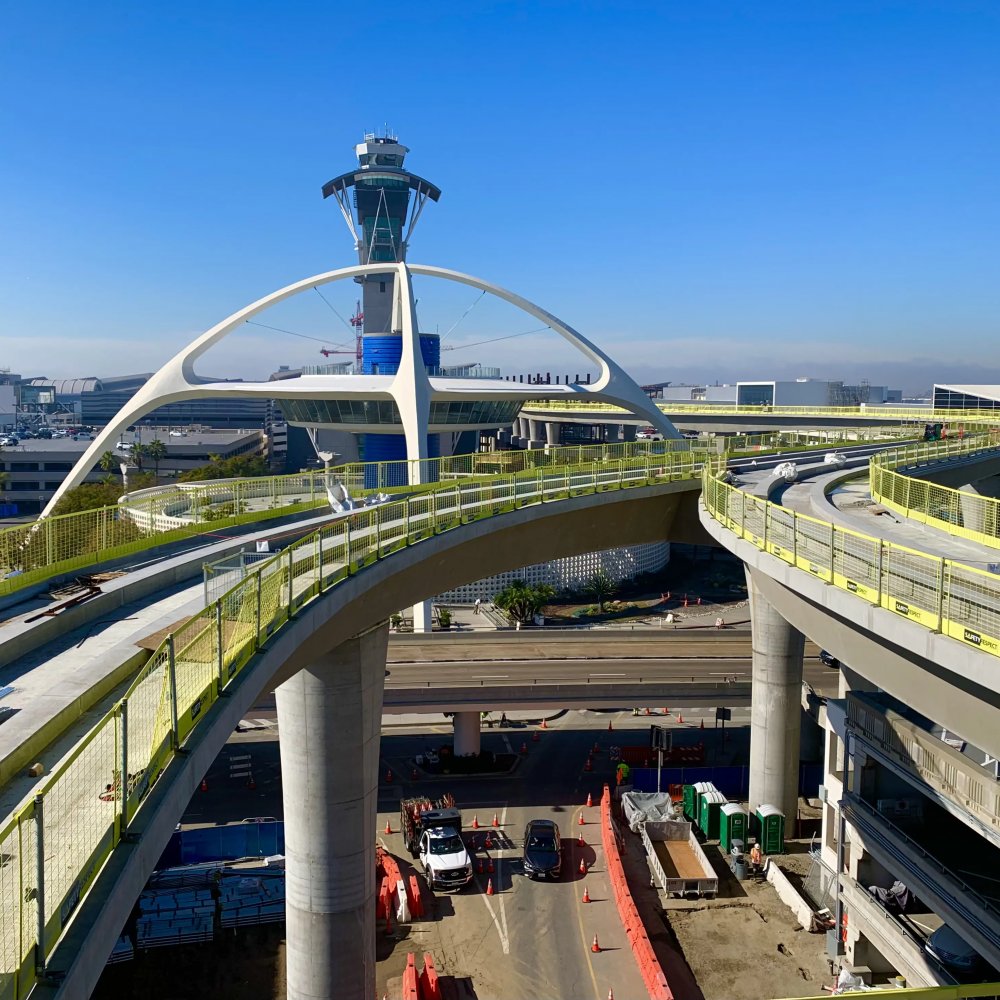Imagine it: the early morning light filters through your window as you double-check your flight details. Bags packed, tickets printed, and a sense of excitement tingling in your fingers. Yet, a familiar question nudges your mind — how exactly do you get to San Francisco Airport, CA, US? Perhaps you’re conquering the city for the first time or a pro returning after years away; no matter your experience, planning your airport transfer is more than just choosing a car or catching a bus. On my last trip, a last-minute rideshare snafu left me circling blocks, reminding me why a solid plan is your travel’s bedrock. The city’s notorious traffic, myriad transport options, and the sprawling airport terminal await your decision. Whether you crave swift comfort, budget-smart travel, or eco-friendly routes, this guide unlocks every doorway. So lean in, reader — let’s step through the buzz of city life, into the calm efficiency of your journey’s start. Here’s everything you must know about how to get to San Francisco Airport, CA, US confidently and stress-free.

Why Plan Your Airport Transfer?
Planning your journey to San Francisco Airport, CA, US goes beyond mere convenience; it ensures you conserve valuable time, save money, and dodge travel-day anxieties. The airport serves as a gateway to countless destinations, yet its position nearly 13 miles south of downtown San Francisco means that without planning, you risk getting tangled in the city’s traffic snarls.
When I last landed in San Francisco, booking a rideshare beforehand saved me from confusion during the busy dusk hours. Planning helps you balance cost and speed effectively, as taxis, public transport, and shared options all come with different fare structures and travel durations. Moreover, airport peak hours and San Francisco’s varied neighbourhoods can drastically affect estimated times.
Additionally, San Francisco is a bustling hub with a rich transport ecosystem, including trains, express buses, and regular services—each suited for different traveller needs. From time-sensitive travellers to budget backpackers, options abound but require a clear understanding of trade-offs. Considering accessibility needs or luggage size also plays a vital role in selecting the ideal transfer.
Lastly, efficient planning mitigates unexpected local quirks—such as tolls, night surcharges, or temporary transit disruptions—that could turn an easy transfer into a logistical headache. By investing a little time reviewing your choices ahead, you can glide through your trip to the airport with confidence and calm.
Price & Time Grid: Your Options at a Glance
| Mode | Single Fare (USD) | Return Fare (USD) | Journey Time | First Service | Last Service | Night Surcharge |
|---|---|---|---|---|---|---|
| Taxi | ~$45–65 | N/A | 20–40 mins* | 24/7 | 24/7 | Yes ($3–5; 10pm–5am) |
| Rideshare | ~$35–55 | N/A | 20–40 mins* | 24/7 | 24/7 | Variable surge pricing |
| Rail (BART) | $10.75 | $21.50 | 30–40 mins | ~5:00am | Midnight | No |
| Express Bus (SamTrans Route 292) | $5.00 | $10.00 | 40–50 mins | ~5:30am | 11:30pm | No |
| Local Bus (SamTrans Multiple Routes) | $2.50 | $5.00 | 60+ mins | ~5:00am | Midnight | Some cash-only routes |
*Journey times range due to San Francisco traffic conditions, especially during peak weekday rush hours. Rail offers predictable travel times without surface congestion, while buses and road cars contend with bottlenecks but can offer door-to-door convenience. These typical fares and schedules reflect rates as of early 2024 (BART and SamTrans updates).
Step-by-Step Guide for Each Mode
Taxi
- Use a taxi stand at central locations like Union Square or call a reputable company to book in advance.
- Confirm fares with the driver before the journey, noting potential night surcharges or tolls.
- Board with your luggage and inform the driver you’re heading to San Francisco Airport, CA, US.
- Monitor your route via GPS or app to avoid surprises in traffic.
- Pay with cash or card, including tip (15–20% customary).
Rideshare
- Open your preferred app (Uber, Lyft) and set your pickup location and destination to San Francisco Airport, CA, US.
- Choose your vehicle type based on luggage, group size, and budget.
- Wait in the designated rideshare pickup zone, which varies by terminal (follow airport signage).
- Confirm driver’s details and vehicle before boarding.
- Enjoy a direct route; track your journey live in-app.
- Pay via the app; consider surge pricing during busy hours.
Rail (BART)
- Locate your nearest BART station; if downtown, San Francisco’s Powell Street or Montgomery stations are ideal.
- Purchase a ticket or Clipper card to the San Francisco International Airport station.
- Board the red or yellow line train heading southbound towards the airport.
- Stay aware of the stops; the airport station is the final stop on this line.
- Disembark and follow airport signs to terminals.
Bus
- Identify which SamTrans bus route suits your location (e.g., express route 292 or local routes 140/398).
- Check the schedule for first and last buses, noting route frequency.
- Board at your designated stop; have exact fare or Clipper card ready.
- Keep luggage safely stowed onboard.
- Disembark at San Francisco Airport’s dedicated bus stops, then enter the terminal.
Returning a Rental Car
- Fill up the fuel tank at the nearest petrol station before airport arrival to avoid extra charges (Hertz, March 2025).
- Follow airport signage to the rental car return area, located near the Long-Term Parking Garage.
- Park your vehicle in the designated lot or lane for your rental company.
- Complete any necessary paperwork or inspection with the car company representative.
- If returning after hours, locate the drop-box for keys and paperwork submission.
- Board the shuttle bus from the rental area to the departure terminals; shuttles run frequently.
- Prepare luggage and check-in at your airline once at the terminal.
Money-Saving Hacks
- Purchase a Clipper card for multi-use on buses and BART; it offers discounted fares compared to cash.
- Use shared rides or carpool features on rideshare apps to split costs during off-peak hours.
- Book taxis or rideshares in advance where possible to avoid surge pricing.
- Consider express buses such as SamTrans Route 292 for a balance between cost and speed.
- Check late-night bus schedules ahead if travelling at odd hours to avoid expensive car hires or taxis.
Peak-Hour vs Off-Peak Travel Times
San Francisco’s notorious rush hours, typically 7–10am and 4–7pm on weekdays, can double your taxi or rideshare journey times to the airport. The Bay Area's coastal geography funnels commuters into a handful of key routes, which often jam around the US-101 and I-280 highways leading south. If you travel just outside these windows, you’ll enjoy a significantly quicker, more relaxed transfer that’s less costly and less stressful.

Public transit schedules tend to reflect these peak periods, with additional services deployed to handle demand. BART remains a dependable choice during peak times since it bypasses roadway traffic entirely. Meanwhile, buses may encounter delays ramping up during rush hours but still remain an economical alternative if timed correctly.
Accessibility & Luggage Factors
San Francisco Airport, CA, US prides itself on inclusive transport options but navigating with heavy luggage or mobility aids requires planning. Taxis and rideshares offer door-to-door service, accommodating luggage bays and wheelchair access upon request. BART stations have elevators and ramps but may involve longer walks or escalator usage for transfers between levels.
Bus services generally provide low-floor access, though peak crowding can reduce seating availability. When boarding, inform driver or conductor of your needs to receive assistance. Additionally, some express buses have baggage compartments, while local buses are more limited in luggage space. Planning ahead ensures your journey runs smoothly, particularly if you travel with multiple cases or bulky equipment.
Carbon-Smart Alternatives
If reducing your carbon footprint is important, consider shared shuttle services that pool multiple passengers, cutting emissions per traveller. Bike-and-ride options combine cycling with BART or bus; racks are available at many stations, offering a sustainable last-mile solution. Park-and-ride facilities near BART stations allow you to leave your car in secure lots, then continue your journey on public transport, balancing convenience with eco-friendliness. By exploring these alternatives, you contribute to cleaner air over the Bay Area while enjoying efficient travel.
Sample 08:00 Flight Timeline
- T-12 hours (8:00 pm the night before): Confirm transport booking, pack essentials in your carry-on, and charge devices.
- T-4 hours (4:00 am): Arrange wake-up alarm and review your route details to San Francisco Airport, CA, US according to your transfer choice.
- T-2 hours (6:00 am): Depart from your accommodation, accounting for possible peak traffic if taking taxi or rideshare.
- T-0 (8:00 am): Arrive at San Francisco Airport, CA, US; proceed to check-in and security with ample time before your flight.
Hidden Pitfalls & Local Quirks
Navigating how to get to San Francisco Airport, CA, US can be complicated by unexpected local elements; beware the following:
- Strike Days: Public transport and even taxi or rideshare workers may engage in labour strikes, disrupting schedules.
- Cash-Only Buses: Some SamTrans routes still require exact cash fares; credit cards and apps might not be accepted.
- Motorway Tolls: Some taxi or rideshare routes incur tolls, which can add $7–10 to your fare, so clarify this upfront.
Eight Mistakes Travellers Make
- Not allowing enough buffer time for traffic delays, especially during morning or evening peaks.
- Failing to check last service times for buses or trains, resulting in stranded travellers late at night.
- Ignoring airport signage for rideshare pickup zones, leading to lost time hunting for your driver.
- Using cash on buses without exact change or a Clipper card, especially on cash-only routes.
- Not considering luggage space limitations on public transport or crowded rideshares.
- Skipping fuel top-up before returning rental cars, triggering expensive airport refuelling fees.
- Overlooking local surge pricing on rideshares during events or peak days.
- Assuming taxis do not take credit cards and thus being unprepared for payment.
Frequently Asked Questions
What is the fastest way to get to San Francisco Airport, CA, US from downtown?
The fastest option is usually a taxi or rideshare during off-peak hours, taking around 20 minutes. BART trains offer consistent 30–40-minute journeys independent of traffic.
Are rideshares cheaper than taxis to San Francisco Airport, CA, US?
Rideshares generally cost less than taxis but prices fluctuate with demand. Beware of surge pricing during peak times, which may make taxis more affordable.
Can I use public transport with luggage at San Francisco Airport, CA, US?
Yes, BART and buses accept luggage, but keep in mind that buses may be crowded and have limited storage. Plan accordingly with smaller, manageable bags for ease.
Is it better to return a rental car during the day or night at San Francisco Airport?
Returning during daylight hours is preferable for assistance and inspections, but after-hours drop-boxes are available for flexibility if you arrive late.
Call to Action
Your journey to San Francisco Airport, CA, US sets the tone for your entire trip. Armed with these insights on transport modes, timing, and local nuances, you’re well prepared to make the best choice that fits your style and schedule. Have you experienced any surprises or triumphs travelling around San Francisco’s vibrant transport network? Share your stories and questions in the comments below — travel wiser together! Don’t forget to subscribe for more expert travel guides crafted to make every journey unforgettable.






